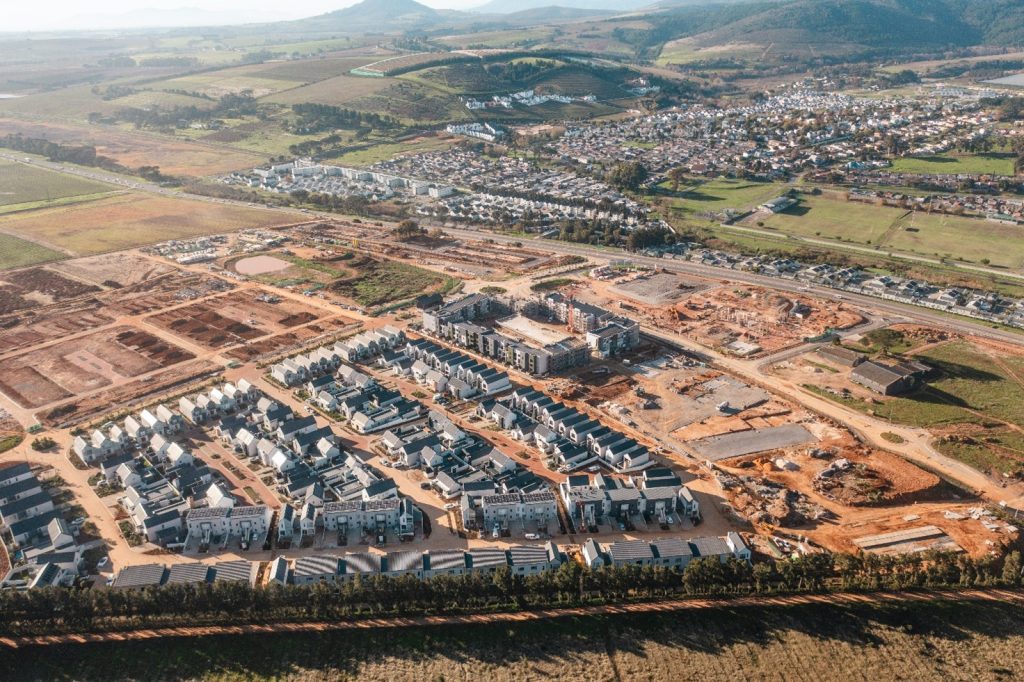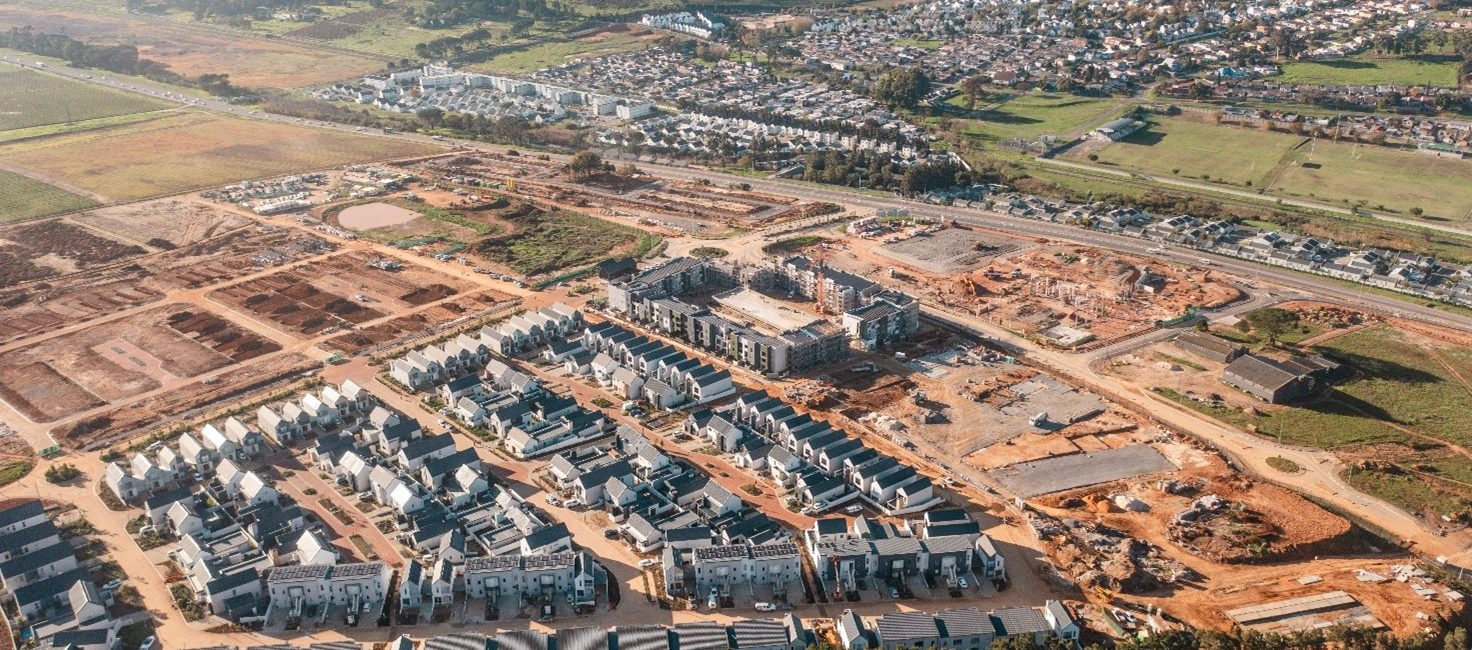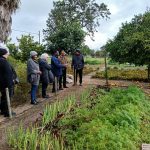Since its adoption, the policy has already led to the approval of over 900 new inclusionary housing units
16 July 2025
The Development Action Group (DAG), in partnership with Stellenbosch Municipality and as part of the National Land Value Capture (LVC) Programme, today hosted a high-level dialogue on the municipality’s pioneering Inclusionary Zoning Policy. Held at the Protea Hotel by Marriott in Stellenbosch’s Techno Park, the half-day event explored the policy’s development, implementation, and early impact.
In June 2023, Stellenbosch became the first municipality in the Western Cape, and only the second in South Africa, to formally adopt an Inclusionary Zoning Policy. The policy requires that private developers building 20 or more residential units in the towns of Stellenbosch, Franschhoek, and Klapmuts to include 20% inclusionary housing. In the catalytic area of the Adam Tas Corridor, a spatial overlay zone provides for developers to unlock development rights if they contribute 30% inclusionary housing.
Since its adoption, the policy has already led to the approval of over 900 new inclusionary housing units, with additional applications currently under review. This marks a significant step toward redressing spatial inequality and promoting more socially inclusive communities.
The dialogue featured opening remarks from Executive Mayor Jeremy Fasser and Western Cape Provincial Minister of Local Government, Environmental Affairs and Development Planning Anton Bredell. The event convened policymakers, urban planners, housing experts, and representatives from all tiers of government to reflect on the policy’s significance for local and national spatial justice.
Helen Rourke, Programme Director at DAG, said: “Stellenbosch has stepped up where it matters most — showing that bold municipal leadership and political support for innovative land policy tools can help tackle South Africa’s deep inequalities head-on. This Inclusionary Zoning Policy isn’t just a local breakthrough; it’s a blueprint for the Western Cape and the country. In a country where spatial and income divides still define daily life, this is how real spatial transformation takes shape.”
Stellenbosch Executive Mayor Jeremy Fasser, said: “Through this policy, we are attempting to rewrite the narrative on affordable and dignified housing – to show that access to housing can be integrated and future-focused and that local government can lead the way in creating replicable models for other communities across South Africa. This is about transforming policy into action – and action into impact. Our Inclusionary Zoning Policy is already yielding results. Since its adoption in 2023, more than 900 new inclusionary housing units have been approved, with many more in the pipeline.”

As part of the event, DAG and Stellenbosch Municipality officially launched a new publication co-authored by Chantel Hauptfleisch, Senior Spatial Planner at Stellenbosch Municipality, and Claudia Hitzeroth, Technical Consultant, entitled ‘Stellenbosch’s Inclusionary Zoning Policy: Lessons and Insights on Policy Development.’
The case study details the extensive technical, political, and community engagement work that underpinned the policy’s development.
The publication showcases how municipalities can leverage strategic land-use interventions, such as granting development rights, to unlock value for public good, particularly in the creation of affordable housing. It positions Stellenbosch as a national leader in innovative spatial transformation.
A panel discussion reflected on the broader implications of the policy for other municipalities. Panelists included:
- Ivan Turok, University of the Free State
- Minenhle Maphumulo, Assistant Director: Metro Planning, City of Johannesburg
- Enrique Silva, Chief Programme Officer, Lincoln Institute of Land Policy
- Samantha Naidu, Cities Support Programme, National Treasury
The Stellenbosch Inclusionary Zoning Policy has already become a reference point for cities across South Africa exploring how to tackle housing affordability while promoting spatial integration.








